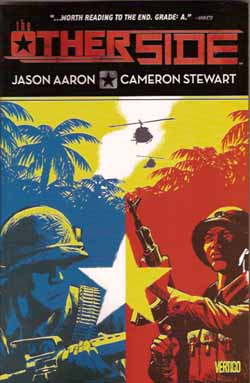 Â
Â
By Jason Aaron & Cameron Stewart (Vertigo)
ISBN 1-84576-561-3
Viet Nam scarred the American psyche the way the current Gulf War will. Depending on your politics you will either agree or disagree with that statement. What is indisputable is the effect Viet Nam still has on the American consumer. So it is intriguing to see an attempt to portray that earlier conflict less in term of “Us and Them†and more as “You and Meâ€.
This superb tale contrasts the journey from happy home to bloody combat of surly average teen Billy Everette, his counterpart, farmer’s son Vo Binh Dai, and their predestined clash at the Battle of Khe Sanh.
Drafted from his Alabama home, Everette is a reluctant screw-up turned into an average Marine by the sheer hell of Boot Camp, where even the terrifying and very real hallucinations and delusions he suffers from can’t keep him from that dreaded Tour of Duty. In contrast, the patriotic and dutiful Vo Dai enlists in the People’s Army of Vietnam, endures starvation and disease on this long march south, determined to sell his life dearly to free his country from oppression. He too is plagued both by doubts of his worth, and terrifying hallucinations.
This simple tale, powerfully told and subversively drawn is a sensitive, darkly magical, horrific parable about war, politics and insanity, if indeed, they aren’t all the same thing in the end.
This volume also contains sketches and artist Cameron Stewart’s photo diary of his research trip to modern Viet Nam, and hopefully that gentle counterpoint to history’s blunders can offer a shred of hope to soldiers and families currently reliving the traumas of another age.
© 2007 Jason Aaron & Cameron Stewart. All Rights Reserved.

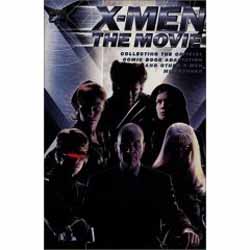 Â
 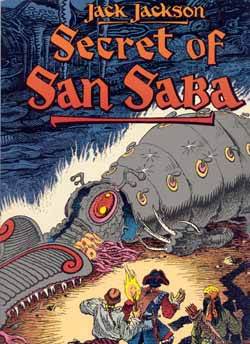 Â
 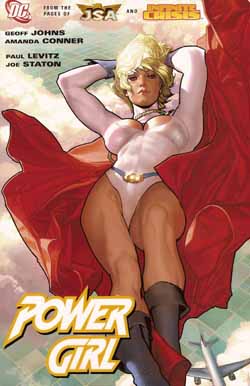 Â
 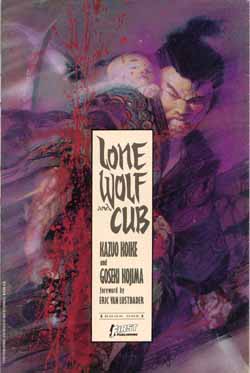 Â
 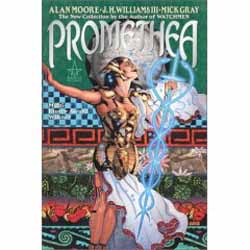
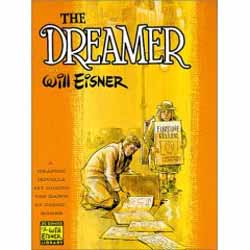
 Â
 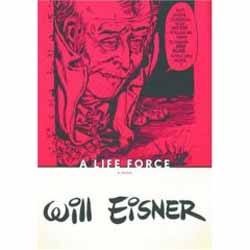 Â
 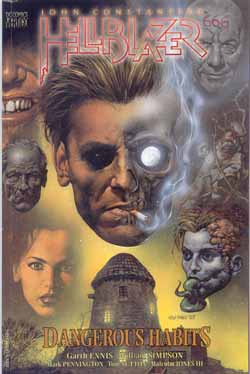 Â
Â